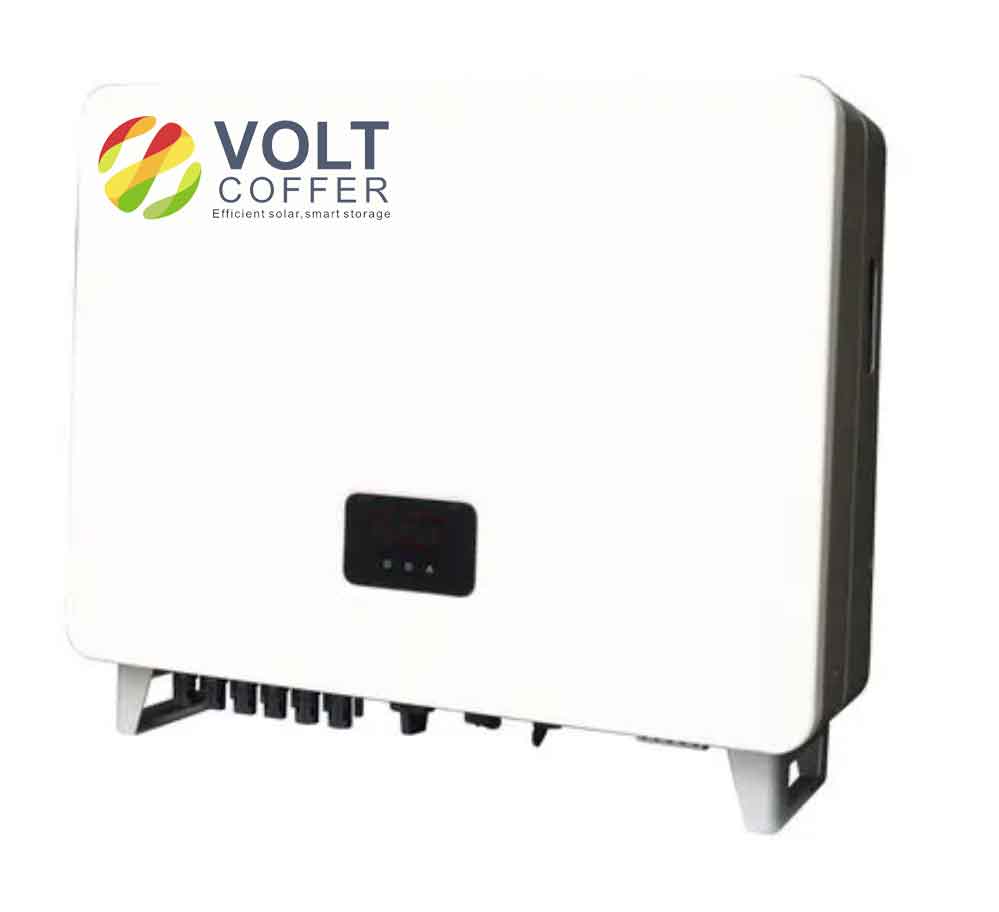Islanding inverter has seen significant technical advancements that improve their functionality and efficiency, particularly in the context of distributed energy resources (DERs) management. These breakthroughs not only enhance the performance of islanding inverter but also contribute to broader goals like grid stability, energy savings, and the seamless integration of renewable energy sources. Here are some of the key technical breakthroughs in the functionality and efficiency of islanding inverter:

1. Advanced Detection Technologies
Innovations:
- Active and Passive Detection: Recent developments have refined both active and passive islanding detection methods. Enhanced algorithms now provide faster and more accurate detection of grid outages, minimizing the risk of feeding back into a de-energized grid and improving safety.
- Communication-Based Techniques: Integration of smart grid communication protocols has enabled real-time data exchange between islanding inverter and grid operators, allowing for immediate and precise islanding actions based on grid status.
2. Improved Power Conversion Efficiency
Innovations:
- Wide Bandgap Semiconductors: The use of materials like silicon carbide (SiC) and gallium nitride (GaN) in semiconductors has significantly increased the efficiency of power conversion in islanding inverter. These materials handle higher voltages and temperatures with lower losses, enhancing overall efficiency.
- High-Frequency Switching: Innovations in islanding inverter design allow for higher frequency switching, which reduces the size and cost of magnetic components and capacitors, further improving the efficiency and compactness of islanding inverter.
3. Enhanced Grid Support Functions
Innovations:
- Dynamic Voltage and Frequency Regulation: Modern islanding inverter is capable of providing ancillary services such as voltage and frequency regulation. They dynamically adjust their output to help stabilize the grid during fluctuations in demand or supply.
- Reactive Power Capability: The ability to inject or absorb reactive power enhances voltage support and contributes to grid stability, a critical feature especially in systems with high penetration of renewable energy.
4. Integration with Energy Management Systems
Innovations:
- Smart and Predictive Energy Management: Integration with advanced energy management systems (EMS) allows islanding inverter to predict energy production and consumption patterns using machine learning and artificial intelligence. This capability enables more efficient resource allocation and load balancing.
- Interoperability: Technical standards and protocols have been developed to ensure that islanding inverter can seamlessly integrate with different brands and types of DERs and other grid infrastructure.
5. Scalability and Modularity
Innovations:
- Modular Design: New islanding inverter designs are modular, allowing for scalable installations that can be easily expanded as energy needs grow. This flexibility is particularly beneficial for commercial and industrial applications.
- Plug-and-Play Functionality: Advances in design have led to more user-friendly systems that are easier to install and integrate, reducing setup times and costs.
6. Cybersecurity Enhancements
Innovations:
- Secure Communication: As islanding inverter become more integrated with the internet and smart grids, ensuring secure communication has become paramount. Advances in cybersecurity protocols specific to energy systems protect against potential threats and vulnerabilities.
- Data Privacy and Integrity: Ensuring the privacy and integrity of data collected and transmitted by islanding inverter is crucial, especially as these devices become more involved in smart grid operations and energy trading.
Conclusion
The technical breakthroughs in islanding inverter technology not only enhance the operational capabilities of these systems but also their efficiency and integration with broader energy management strategies. These innovations contribute significantly to the reliability, sustainability, and economics of energy systems, particularly as the world moves toward greater adoption of renewable energy sources. As research continues, we can expect further improvements that will solidify the role of islanding inverter in future energy landscapes.
